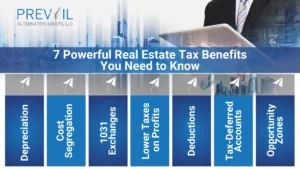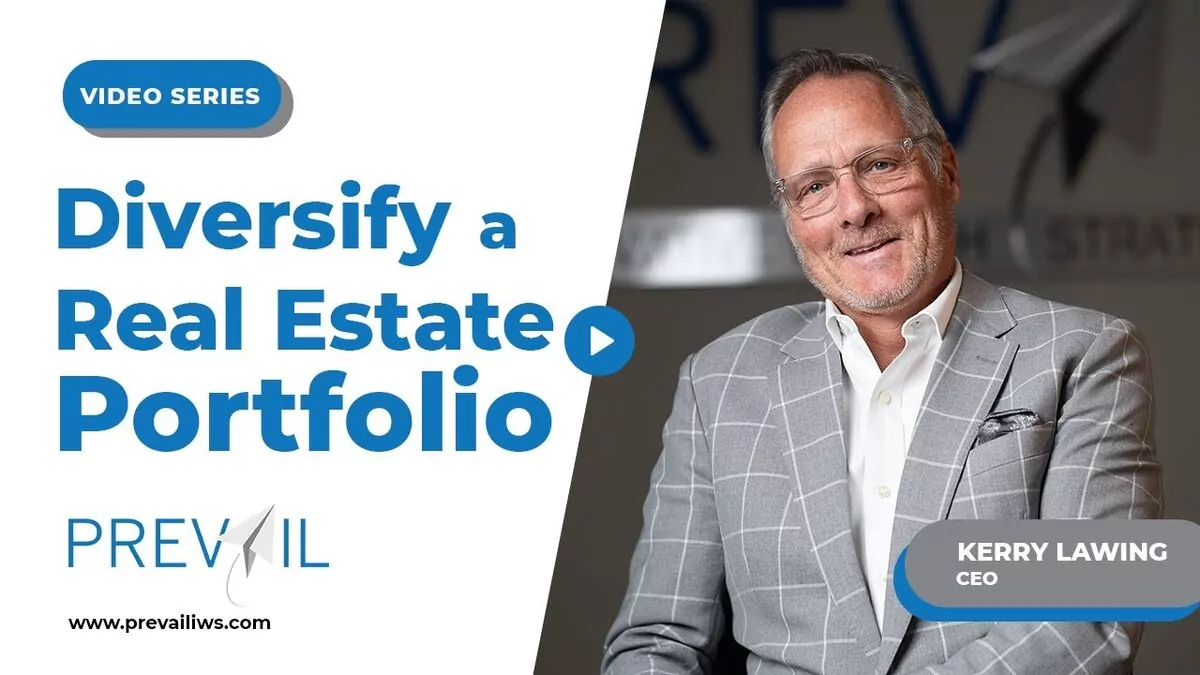A common inquiry within the investment community often orbits around the essence and practicality of diversification, particularly within the realm of real estate. So, why is it important to diversify a real estate portfolio? To answer this question, one needs to understand the intricacies of asset management, risk mitigation, and strategic financial growth. This blog brings forth a perspective that aligns not just with preserving capital, but also enhancing its potential in a stable and secure manner.
Grasping the Core Understanding
Varied Asset Classes as a Protective Blanket
Investors frequently pose a critical question: Is tying up too much capital in one asset class a wise decision? The simple answer resonates with the principal ideology behind diversification – safeguarding against concentrated risk.
For instance, investing across varied real estate sectors like multifamily units, warehouses, surgery centers, extended stay hotels, and more, isn’t just about spreading funds, but strategically placing them in sectors that may respond differently to market fluctuations, thereby offering a buffer against isolated downturns.
Dissecting the 1031 Exchanges
Integrating Opportunistic and Income-Producing Transactions
Within the world of real estate investment, transactions often fall into two broad categories: those designed to yield income, especially crucial post-retirement, and those that are opportunistic, designed to appreciate over time.
Some transactions beautifully meld both aspects, standing out as viable options for investors looking to avail benefits of a 1031 exchange, allowing them to defer capital gains tax by reinvesting in a like-kind property. The availability of various transaction sizes and types enables firms to offer investors diverse exposure, magnifying the importance of having a partner with a multitude of opportunities at hand.
Navigating through Misconceptions
A common misconception about diversifying within real estate revolves around the simple act of owning multiple assets. However, genuine diversification is not merely owning numerous duplexes but encompasses spreading the risk across varied asset types, thereby minimizing vulnerability during market dips. It’s a delicate act of securing investments in different classes of real estate to ensure that potential risks are not only hedged but also strategically managed across sectors that may not mirror each other’s financial ebbs and flows.
Unpacking the Role of Intermediaries and Costs in 1031 Exchanges
Intermediary as a Guiding Force
An intermediary in a 1031 exchange plays a pivotal role, acting as a guide through the complex process. They facilitate the transition of one property to another while ensuring compliance with regulations and assisting in navigating through the layered procedure, thereby safeguarding the deferral of capital gains tax and aligning with financial goals.
Deciphering Associated Costs
The comprehension of costs associated with 1031 exchanges is quintessential to ensure transparent and informed investment decisions. While the benefits are numerous, understanding the associated costs, like intermediary fees and potential tax implications, stands paramount to establish a framework that is not just compliant but also economically viable.
Conclusion
In retrospect, unraveling why it is important to diversify a real estate portfolio unveils a panorama where risk management, strategic growth, and regulatory compliance converge to form a stable investment journey. It isn’t merely about allocating assets across varied sectors but establishing a shield against unpredictable market realms, ensuring that your financial voyage is not just secure but also perpetually ascending.
For a more detailed exploration and personalized advice on diversifying your real estate investments, feel free to contact us. Our team is ever-ready to assist you through your investment journey.


















